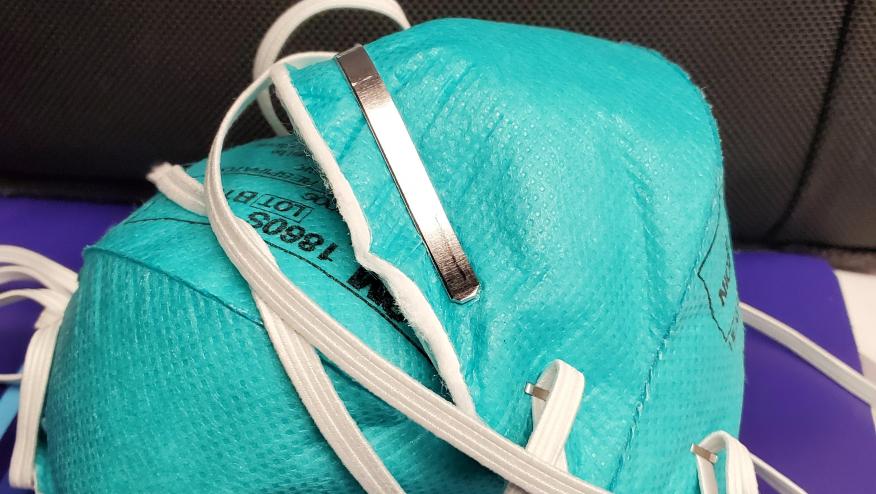Universal Masking for COVID? Save

In early March 2020, there were widespread recommendations that wearing routine "surgical masks" by the public sector was not likely to be helpful or advisable. Now we are hearing of a 180 degree shift in thinking with the CDC, leading health officials and the current NEJM Perspective pointing to more widespread use of masks by healthcare workers and even by individuals in the public sector.
Earlier this week the CDC announced it was considering a change in official guidance that might encourage people to take measures to cover their faces amid the coronavirus pandemic, noting that the public should not be consuming or using coveted N95 masks that should be reserved for healthworkers. To date, nothing from the CDC has been finalized.
Previously the CDC recommendations on masking largely address seasonal influenza and included:
- Symptomatic or Infected Patients - During periods of increased acute respiratory infections in the community, coughing patients and anyone suspected of having influenza should wear a mask at all times until they are isolated in a private room. Masks should be worn by these patients until it is determined that the cause of symptoms is not an infection that requires isolation. The patient does not need to wear a mask while isolated, except when being transported outside the isolation room.
- Healthcare Personnel - A surgical mask or fit-tested respirator should be worn by healthcare personnel who are within 6 feet of a suspected or laboratory-confirmed influenza patient. Standard and droplet precautions should be maintained until the patient has been determined to be noninfectious or for 7 days after illness onset or until 24 hours after the resolution of fever and respiratory symptoms, whichever is longer.
- Non-Healthcare Settings & Symptomatic Persons - Adults can shed influenza virus 1 day before symptoms appear and up to approximately 5 to 7 days after onset of illness; thus, the selective use of masks (e.g., in proximity to a known symptomatic person) may not effectively limit transmission in the community. Young children, immunocompromised persons of any age, and critically ill patients with influenza can shed influenza viruses in the respiratory tract for prolonged periods.
With the SARS-CoV-2 pandemic exploding worldwide, many are struggling to procur personal protective equipment (PPE), including masks and many are changing policies on masking for healthcare workers. Universal masking for healthcare workers is already standard practice in Hong Kong, Singapore, and a handful of U.S. hospitals.
Currently, most healthcare systems are requiring surgical masks, AND eye protection, of most registration and visitor screeners and healthcare workers who are dealing with suspected or actual COVID patients.
The current NEJM Perspective examines this policy.
While there is little belief that wearing a standard "surgical" mask outside health care situation affords any substantial protection from infection, there is growing consensus that "masking" should be more routine and widespread.
This is certainly true for healthcare workers, in all capacities, engaged in face-to-face contact within 6 feet with a patient with symptomatic or suspected COVID-19, especially with sustained interaction (more than 10 minutes?).
The NEJM notes there are two possible scenarios where there may be possible benefits to masking:
- care of a patient with unrecognized Covid-19. A mask alone in this setting will reduce risk only slightly
- wearing a mask may reduce the likelihood of transmission from asymptomatic and minimally symptomatic health care workers with Covid-19 to other providers and patients
It appears that health care workers who have suggestive symptoms, such as fatigue, myalgias, sore throat would best mask until their status is clearly known.
For healthcare workers, universal masking alone is not the solution and must be part of an overall regimen of hand hygiene, eye protection, gloves, wearing gowns and physical distancing.
Even while acknowledging the marginal benefit of universal masking, it appears that uncertainty will drive wider use of masking until further research tells us otherwise.









If you are a health practitioner, you may Login/Register to comment.
Due to the nature of these comment forums, only health practitioners are allowed to comment at this time.